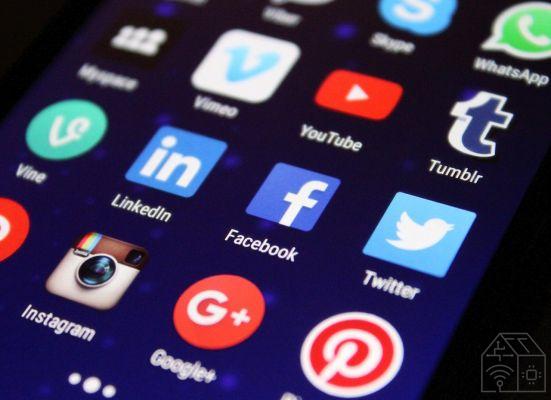
Until a few years ago, the digital revolution and the dissemination of social networks they carried within them the promise that millions of marginalized and unheard citizens would have a voice. Today this idea has unfortunately been denied on many occasions and with much evidence, considering that in the aftermath of the Trump presidency, ideas, opinions and information have undergone a form of systematic erosion by digital giants such as Twitter, Google, YouTube, Instagram and Facebook. , which in fact created a crisis of awareness of the use of information online.
The viral spread of digital disinformation has become so bad that the World Economic Forum considers it among the main threats to human society, along with terrorism and cyber attacks. This is why it has been suggested that this diffusion is related to the similarly problematic phenomenon of echo chambers. There is a possible relationship between echo chambers and the viral spread of disinformation, between opinion and network polarization on the virality of disinformation: echo chambers are groups of users united around a common vision of the world, a digital reality in whose ideas or beliefs are amplified by a perpetual transmission within a closed environment, a real sounding board that polarizes opinions and visions of the world in an ever more consistent way.
How social media creates echo chambers

The way we inform and discuss has changed profoundly with the advent of online media. News spreads on social networks through direct connections between news producers and consumers, categories between which it is becoming increasingly difficult to distinguish. Technology, especially that linked to social networks, was born as a means to help weave closer ties between human beings; observing it now seems instead to have led to a dissolution of our social fabric, since we are divided into social groups with separate and apparently irreconcilable worldviews.
The digital world appears to provide a fertile ground for the growth of disinformation: several studies show that false notices they spread faster and deeper than real news in social networks, and parallel to this development there is a continual reduction in the quality and credibility of the information available online. Social networks have brought about an unprecedented cultural change, which from a means of weaving relationships and connecting people has become a vehicle for fake news and conspiracy theories.
The idea that social networks encourage polarization and to amplify opposing ideological positions, through information bubbles and echo chambers, it is still today the object of research and study, above all it is something very complex to analyze and demonstrate. A new Italian study coordinated by Walter Quattociocchi of the Department of Informatics of Sapienza with the Isi Foundation - Istituto Interscambio Scientifico and the universities of Brescia and Cà Foscari of Venice, has analyzed more than 100 million posts published between 2010 and 2018 on Facebook, Twitter, Gab and Reddit, with content on various controversial topics such as gun control, vaccinations, abortion.
The digital world appears to provide a fertile ground for the growth of disinformation
The results of the work, published in the scientific journal PNAS, Proceedings of the National Academy of Science, suggest that the dissemination of information depends both on the dynamics of users on the network and on the characteristics of the platform, depending on their feed algorithms and the methods of interaction: different platforms favor different levels of segregation in their online community.
User interaction paradigms and feed algorithms vary greatly between social media platforms. According to the study, within Facebook has greater segregation than other platforms, not offering a chronological option to view what a user's contacts share. Unlike Reddit, where users can change their feed algorithm, aggregation of users into groups and echo chambers is more prevalent within platforms like Facebook and Twitter, where they are more likely to be reached by information transmitted by users with similar ideas; feed algorithms amplify this trend, impacting considerably on polarization dynamics.




















![[Review] Samsung Powerbot VR7000: the robot vacuum cleaner from Star Wars](/images/posts/6bc44de38605b5c0fa12661febb1f8af-0.jpg)





